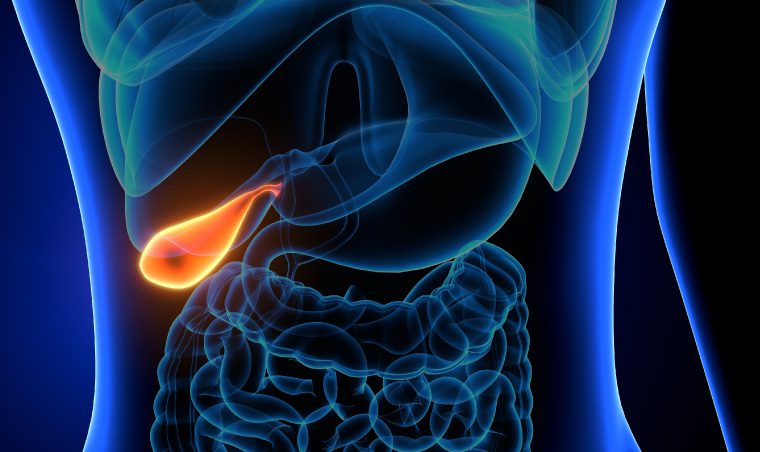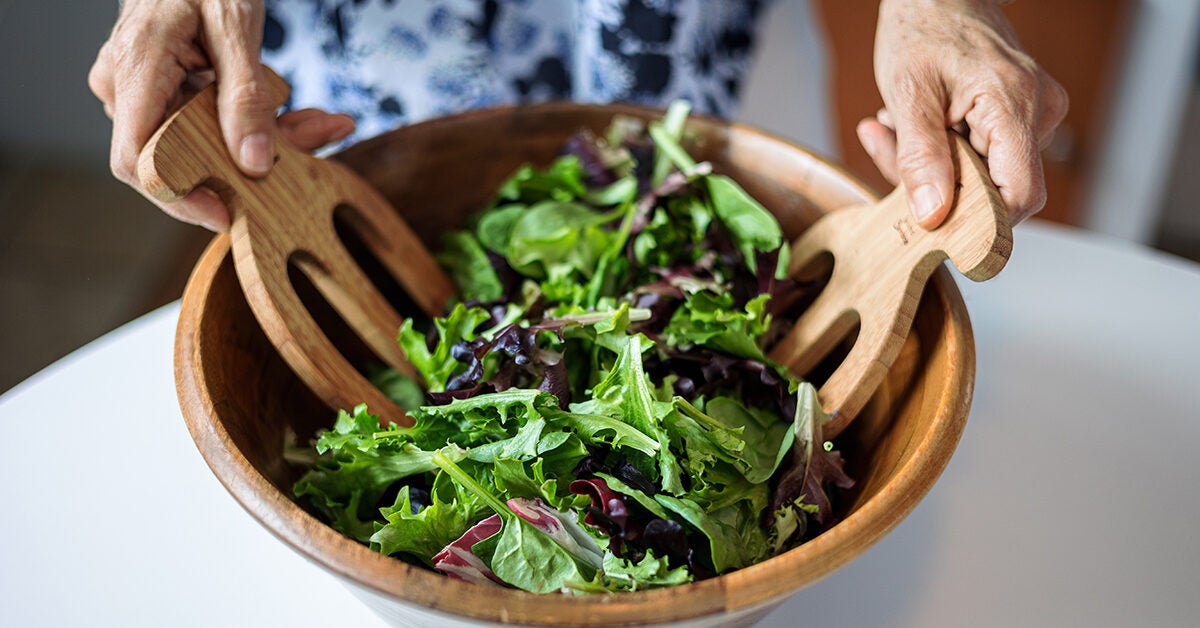
Many meal delivery services offer vegetarian meals, so if you aren't able to cook or have time to prepare them, they can be delivered to your home. Hungryroot is one of these services. Others include Veestro and Veestro. Each offers different types and can be customized to your liking.
Hungryroot
Hungryroot might be a good option for vegetarian meal delivery services. Hungryroot lets you customize every delivery's menu and has many subscription options. Each subscription comes with 3-4 recipes. The recipes are simple and require only a few ingredients. You can choose the day of delivery to tailor your subscription.
Hungryroot subscription plans are priced according to the size of your boxes. Subscriptions of greater size cost about $60 while those with smaller boxes will cost $59 to $59 less. Each meal includes three to four servings, and a couple of snacks. Hungryroot will send you your box for either one week or one whole month. However, you may cancel your subscription at all times.
Sprinly
Sprinly offers a vegetarian and vegan meal delivery service. Its weekly meals are organic, and curated by nutritionists to provide the best nutrients. Each meal is labeled to show the nutrients and fun facts about each component. Customers can choose to have their meals either warm or cold.

Each menu includes a short summary, ingredients list, nutritional facts, and allergen icons. Sprinly ships to selected areas in the United States. They are currently focusing their efforts on expanding their reach into other regions.
Veestro
Veestro is not the only vegetarian meal delivery service available. Veestro's founders are passionate about food and believe you are what your eat. They strive to only use the finest ingredients for their meals. This service is committed to their customers as well and will make every effort to make them happy.
Veestro meals only contain natural ingredients. They do not contain preservatives, hydrogenated oils or other additives. These meals are free of refined sugars or processed carbs. You may also choose to remove certain nutrients. Meals typically contain between 260 calories and 800 calories. Veestro meals arrive in medium-sized, insulated boxes. They are preserved in dry ice, and their nutritional content is provided on the packaging. These can then be heated in the microwave or on your stovetop. The time it takes to cook will vary depending on the dish.
Daily Harvest
Daily Harvest is a plant-based meal delivery service that specializes in vegan and vegetarian meals. Although the company started as a smoothie delivery service in 1999, they have expanded to offer soups, flatbreads and other meals made with whole fruits and veggies. The company only uses recipes that have been developed by nutritionists to ensure you are satisfied and feel your best. You can read the labels and see all ingredients clearly to know what each meal contains.
Daily Harvest charges the same price as other delivery services for meals. Even though portions are not very large, Daily Harvest's meals can easily be shared by one person. The company also offers discount options for first-time customers and those ordering larger quantities. Daily Harvest is a great choice if you are a busy professional, vegan, or eat a vegetarian diet.

Sakara Life
Sakara Life could be the right choice for you if your interest is in a service that delivers vegetarian meals. Sakara Life offers delicious meals that are ready to eat. Every meal is prepared using science-based whole food plant-based cuisine. The ingredients include whole grains organically grown from whole foods, plant-based protein, and superfoods rich in nutrients. Organic, gluten-free, free of GMOs, the meals are also organic. Sakara Life offers cleansing and dietary supplements. Sakara Life is clearly targeted at women, and the company has a similar vibe to Goop, Elle or Women's Health.
Customers can modify their account and meal program anytime online or by calling customer care. They can also swap meals if they do not like a particular meal. Sakara Life is able to modify your meal plan if you contact them in advance. This will allow you to know what you'll be eating each week.
FAQ
Do I need calories to count?
It is possible to wonder "what the best diet is for me?" or "is counting calories necessary?" It depends on several factors such as your current health, personal goals, preferences, and overall lifestyle.
The Best Diet for Me - Which One is Right For You?
The best diet for me depends on my current health status, my personal goals, my preferences, and my overall lifestyle. There are many different diets, some good, some not. Some diets work for some people, while others are not. What should I do then? What can I do to make the right decision?
These are the questions that this article attempts to answer. The article starts by introducing the many types of diets currently available. Next, we will discuss the pros & cons of each kind of diet. We will then look at how to pick the right one for you.
Let's look at some of the main types of diets to get started.
Diet Types
There are three main types: low fat, high proteins, and ketogenic. Let's discuss them briefly below.
Low Fat Diets
A low fat diet reduces the amount of fats you eat. This is done through reducing the intake of saturated fats (butter, cream cheese, etc.) and replacing them with unsaturated fats (olive oil, avocados, etc.). For those looking to lose weight quickly, a low fat diet is often recommended. However, constipation, stomach pain, and heartburn can all be caused by this type of diet. It can also lead to vitamin deficiencies, if someone doesn't get enough vitamins in their food.
High Protein Diets
High protein diets restrict carbohydrates in favor of proteins. These diets are more protein-rich than others. These diets are intended to increase muscle mass and reduce calories. The downside is that they may not provide adequate nutrition for someone who needs to eat regularly. They can also be very restrictive so they may not be suitable for everyone.
Ketogenic Diets
The ketogenic diet is also known by the keto diet. They are high in fat, moderately high in protein, and low in carbohydrates. Athletes and bodybuilders use them because they allow them more time and harder training without getting tired. To avoid side effects such as fatigue, nausea, headaches, or other unpleasant side effects, you must strictly adhere to their instructions.
How can you live your best life every day?
Find out what makes YOU happy. This is the first step in living a life that you love. Once you have a clear understanding of what makes you happy you can go backwards. You can also inquire about the lives of others.
You can also read books like "How to Live Your Best Life" by Dr. Wayne Dyer. He talks about finding happiness and fulfillment in all aspects of our lives.
How can I control my blood pressure?
Find out the causes of high blood pressure first. Next, you must determine the cause and take steps to decrease it. This could include eating less salt, losing weight if necessary, taking medication, etc.
Make sure you're getting enough exercise. Walking is a great alternative if you don't have the time or energy to exercise regularly.
You should join a gym if you are unhappy with your exercise routine. It's likely that you will want to join a gym with other people who are working towards the same goals as you. It is much easier to stick with a exercise program if there are others who will be watching you at the club.
What should I eat?
You should eat lots of vegetables and fruits. They provide vitamins and minerals to keep your immune systems strong. Additionally, vegetables and fruits are high fiber. This helps to fill up and aids in digestion. Include at least five portions of fruit and vegetables per day.
Make sure you drink plenty of water too. Water flushes toxins out of the body and helps to feel full between meals. Drink about eight glasses each day.
Refined grains should be replaced with whole grains. Whole grains have all their nutrients intact, including B vitamins, iron, zinc, magnesium, calcium, and protein. Refined grains have been stripped of some of their nutrition.
Avoid sugary beverages. Sugary drinks are loaded with empty calories and contribute to obesity. Instead, opt for water, milk, or unsweetened tea.
Avoid fast food. Fast food is low in nutritional value. Although it may taste delicious, fast food won't provide you with the energy you need for your daily activities. Stick to healthier options such as salads, soups, sandwiches, and pasta dishes.
Limit alcohol consumption. You can reduce your intake of alcohol by limiting the amount of empty calories. Limit the amount of alcohol you consume in a given week to no more than 2 alcoholic beverages.
Try to cut down on red meat. Red meats are high-in saturated fats and cholesterol. Choose lean cuts such as beef, pork and lamb, chicken, fish, or turkey.
Statistics
- In both adults and children, the intake of free sugars should be reduced to less than 10% of total energy intake. (who.int)
- Extra virgin olive oil may benefit heart health, as people who consume it have a lower risk for dying from heart attacks and strokes according to some evidence (57Trusted Source (healthline.com)
- WHO recommends reducing saturated fats to less than 10% of total energy intake; reducing trans-fats to less than 1% of total energy intake; and replacing both saturated fats and trans-fats to unsaturated fats. (who.int)
- WHO recommends consuming less than 5% of total energy intake for additional health benefits. (who.int)
External Links
How To
What does the meaning of "vitamin?"
Vitamins are organic compounds that can be found in foods. Vitamins allow us to absorb nutrients from food. Vitamins cannot be made by the body; they must be taken from food.
There are two types if vitamins: water soluble, and fat soluble. Water soluble vitamins dissolve easily in water. Some examples include vitamin C,B1 and B2 vitamins (thiamine), B2 and riboflavin, B3 and niacin, B6 vitamins (pyridoxine), B6 vitamins (niacin), folic acids, biotin, pantothenic acids, and Choline. The liver and fatty tissue are the main storage places for fat-soluble vitamins. Some examples include vitamin D and E, K, A, beta carotene, and A-vitamins.
Vitamins are classified according to their biological activity. There are eight major vitamin groups:
-
A - Essential for healthy growth and health maintenance.
-
C - important for proper nerve function and energy production.
-
D - necessary for healthy bones and teeth.
-
E - required for good vision & reproduction.
-
K - required for healthy muscles and nerves.
-
P - Vital for strong bones and teeth.
-
Q - aids digestion, absorption and absorption iron
-
R – Required for making red blood vessels.
The recommended daily allowance (RDA) of vitamins varies depending on age, gender, and physical condition. The U.S. Food and Drug Administration sets RDA values.
For adults 19 years and over, the RDA vitamin A intake is 400mg/day. Because it is essential for the development of the fetus, pregnant women should consume 600 micrograms per days. Children ages 1-8 require 900 micrograms per day. Babies under one-year old need 700 micrograms per daily. Between 9 and 12 month, however, this drops to 500 mg per day.
Children aged between 1-18 years old who are obese require 800 micrograms per Day, while overweight children need 1000 micrograms every day. Children underweight or obese will require 1200 micrograms a day to meet their nutritional requirements.
Children aged 4-8 who have anemia are required to consume 2200 micrograms of Vitamin C daily.
2000 micrograms daily is required for adults over 50 to maintain their general health. Breastfeeding or pregnant women require 3000 micrograms per daily due to higher nutrient demands.
Adults over 70 require 1500 micrograms each day, since they lose approximately 10% of muscle mass each decade.
Women who are pregnant or nursing need more than the RDA. Pregnant women require 4000 micrograms daily during pregnancy, and 2500 micrograms every day after birth. Breastfeeding mothers need 5000 micrograms per day when breast milk is being produced.